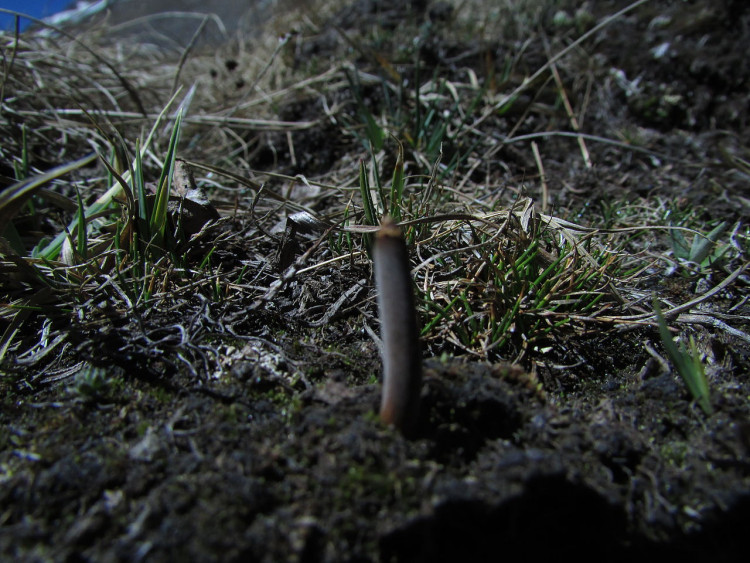Himalayan Viagra, which is a caterpillar fungus, is now difficult to find as it is being threatened by climate change. Locally known as "yarchagumba" or Ophiocordyceps sinensis, the fungus emerges when the snow melts and swept away during the rainy season. Yarchagumba is believed to be a "wonder drug" that can cure from impotence to cancer.
According to the report in the Proceedings of the National Academy of Sciences, a peer-reviewed US journal, "Himalayan Viagra" is one of the most valuable biological commodities in the world as it provides crucial income for those who are collecting it. Researchers said yarchagumba becomes popular over the past decades and its price skyrocketed - three times the price of gold in Beijing. And although overharvesting is one of the reasons for its scarcity, researchers wanted to find out other factors for its shortage.
The research team interviewed about four dozen traders, harvesters, and collectors of the "Himalayan Viagra." They also cited previously published scientific literature, like interviews with over 800 people in China, India, Bhutan, and Nepal, to know the apparent reason for its decline. Furthermore, they analyzed the environmental conditions, weather patterns, and geographic factors to make a map of the production of yarchagumba in the region.
The data from almost two decades in four countries revealed yarchagumba's production dropped much than of its range. The report stated that although overharvesting attributed to the decline, climate change played a huge role for its scarcity - based on their habitat and production. Basically, the parasitic fungus works by going inside the caterpillar's body, making its way through the insect's head to get energy, and then slowly killing it. But, it usually needs a frigid climate to grow - but the soil should not be frozen permanently.
"Such conditions are typically present at the margin of permafrost areas," the PNAS report said, which was led by Stanford University researchers. From 1979 to 2013, the winter temperatures have warmed significantly, so the populations of the yarchagumba have been affected negatively. According to the South China Morning Post, Bhutan is particularly affected in this warming trend as its average winter temperatures increased by "3.5-4 degrees across most of its predicted habitat (+1.1 C per decade, on average)."
Researchers also discovered that Tibetan plateau's vegetation hasn't shifted upward in response to climate warming from 2000 to 2014, which indicates that the caterpillar fungus loses its ability to move up in the mountain for colder habitats as the climate warms and this also raises concerns for harvesters selling the "Himalayan Viagra."






